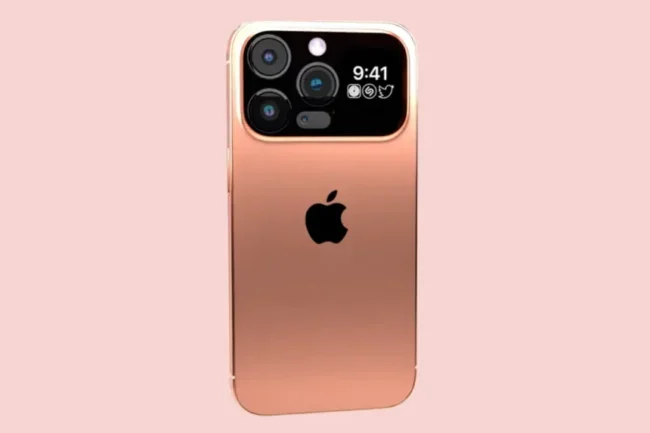At WWDC 2025, Apple announced a groundbreaking shift in how it names its operating systems — and introduced the world to a completely redesigned interface across all platforms. Starting this year, the company is moving away from traditional version numbering (like iOS 18, macOS 14, etc.) and adopting a year-based naming format. The newly unveiled iOS 26, iPadOS 26, macOS 26, watchOS 26, tvOS 26, and visionOS 26 all align with this strategy, offering a more unified and streamlined experience.
iOS 26 and Apple OS Versions Now Aligned with Year-Based Naming
For years, Apple’s various platforms followed inconsistent version numbers, leading to confusion among users and developers alike. For example, iOS 18 coexisted with watchOS 11 and visionOS 2, despite being part of the same release cycle.
At WWDC 2025, Apple officially addressed this issue during its keynote presentation. The tech giant confirmed that all operating systems would now follow a synchronized year-based naming system, beginning with iOS 26 in 2025. The update applies to:
- iPhone (iOS 26)
- iPad (iPadOS 26)
- Mac (macOS 26)
- Apple Watch (watchOS 26)
- Apple TV (tvOS 26)
- Vision Pro (visionOS 26)
“This new naming system aims to make things clearer and more consistent across all platforms,” Apple said in a press release. The consistency is expected to simplify communication for both users and developers, especially when discussing compatibility, updates, and features.
‘Liquid Glass’ Design in iOS 26: Apple’s Boldest Redesign Since iOS 7
The versioning overhaul isn’t the only major change. Apple also introduced Liquid Glass, a stunning new design language that brings transparency, depth, and realism to every corner of the interface.
According to Alan Dye, VP of Human Interface at Apple, this marks “our broadest design update ever.” Unlike past visual refreshes which were limited to a few platforms, Liquid Glass spans all Apple operating systems, creating a unified design system across the ecosystem.
Key Features of the ‘Liquid Glass’ Interface in iOS 26 and Beyond:
- Glass-like translucency in app backgrounds, notification panels, and widgets
- Redesigned app icons with layered glass effects and subtle animations
- Shimmering surfaces on system elements like the dock, lock screen, and control center
- Adaptive color themes that respond to ambient lighting and background images
- Refined animations and transitions that bring a sense of realism and depth
This interface also aims to enhance usability, not just aesthetics. Elements are designed to be more legible, dynamic, and visually intuitive, especially on high-resolution OLED and micro-OLED screens found in Apple’s latest devices.
iOS 26 and macOS 26 Release Date: Public Beta in Weeks, Final Launch in September
Developers attending WWDC 2025 can immediately download beta versions of iOS 26 and other updated platforms via the Apple Developer Program. Public betas are expected to roll out in the coming weeks of summer 2025, giving enthusiasts early access to test the new design and features.
Apple confirmed that the final versions of iOS 26, iPadOS 26, and macOS 26 will be released to the public in September 2025, aligning with the launch of the iPhone 17 lineup.
Why This WWDC 2025 Update Matters
The 2025 update is more than a typical yearly refresh — it signifies Apple’s long-term vision of cross-platform unification and design consistency. With a shared naming convention, Liquid Glass UI, and universal design approach, Apple is clearly working toward making its ecosystem feel more integrated than ever.
For developers, this means less confusion about software versions. For users, it offers a visually stunning experience with a cleaner and more immersive interface. From iOS 26 on the iPhone to visionOS 26 on the Vision Pro headset, Apple’s future now speaks one design language and one version logic.







